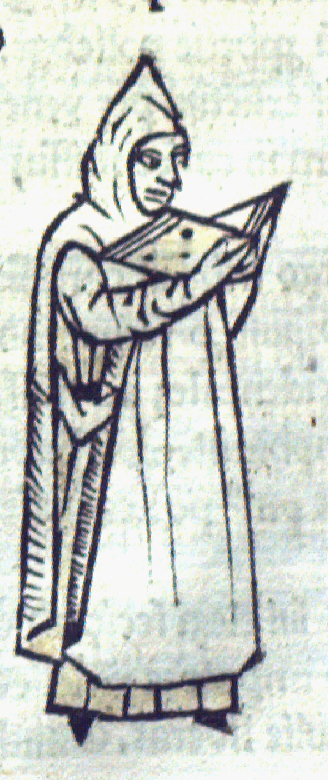
The first major international conference on the practice of reading in the past and present was hosted by the Open University and the Institute of English Studies, University of London., organised by the team around the Reading Experience Database project. The title of the conference indicated that one of the aims was to provide a forum for researchers to discuss methodologies, approaches, and hopefully thus pave the way for a more thorough conceptualisation and theorisation of the field. The conference took place both in the beautiful Senate House and buildings of the nearby University College London. Stretching over three days with up to five parallel sessions, the conference convincingly showed that the history of reading is no longer leading a marginal life, but has established itself as a major strand within the field of book culture and book history.
The opening keynote by Kate Flint set up nicely the engaging and stimulating atmosphere for the days to follow. Concentrating on photography of books and reading practices, Flint stressed that as practitioners of the history of reading we have to be conscious of the act of interpreting evidence, which is often ‘staged’ or purposefully created in the first place. By using pictures as her evidence, she also gave a first glance of what many of the papers during the conference confirmed: that to find evidence of reading one must look beyond traditional, written sources and engage with a set of interdisciplinary approaches to read this evidence.
While it was not possible to listen to all the papers, from the many panels I attended it emerged that the main theme presenters addressed in conjunction with case studies were indeed issues associated with researching reading, questions of methodology and approach. How do we find evidence of reading, which goes beyond mere lists of books read? How do we deal with anecdotes, in diaries, autobiographies or letters, which imply a very conscious mind of the creator? What do we do with patchy and inconsistent evidence, as is so often the case in the history of reading? In other words, how can we be certain that what we find is not just the evidence for a singular event, without meaning and consequence, and how is it possible to convincingly reconstruct and interpret reading habits and practices of the past and present? Another very prominent theme was that audiences and reading should be understood detached from the idea of the nation on a transnational base, and that space and physical location matters for the reading experience. Linda Fleming explained that Scottish working-class readers tended to look outwards in questions of reading taste, not just consuming Scottish works. A panel on a number of contemporary book clubs reading the same text, Small Island, but situated in different locations persuasively argued that the reading of a text is always a negotiated experience, open to change in relation to context, pre-existing expectations and discussion with other readers. Without doubt, this ethnographical approach can be most useful for studies of historical readers too. Stephen Colclough illustrated how in early nineteenth-century Europe texts and reading were used as tools of social interaction. But at the same time social norms and practices as defined by a specific spatial context together with the strategies employed for reading were creating meaning, and reading practices changed in accordance with altered domestic or public spaces.
The closing Round Table discussion was particularly useful in summing up the debate that had surrounded the previous three days. To offer a satisfactory account of reading practices, one must combine different approaches and use a variety of sources. So while, for instance, letters can give a very detailed account of reflections on the reading matter of one or a small group of readers, only when we know more about broad borrowing patterns of libraries in a wider community, when we know what was on offer at the local bookstore and what were the distribution channels, will we be able to at least get very close to understanding a (local) reading culture. Leah Prize reminded that individual readers frequently belong to several sub-cultures of reading, which makes the quest for indentifying patterns harder and perhaps questionable. She also suggested that these sub-cultures are by no means ‘air-tight’, but rather flexible and changeable in their own definition. Yet, Helen Small urgently pleaded that we move away from the individual case studies of historical readers, and that we bring back the big questions and use the material already gathered, not just in RED, to offer more generalisations. On this notion, the conference succeeded in making clear that one will not be achievable without the other. Only the painstakingly researched case studies of historical readers and reading communities and a combination of methodologies from very different disciplines will allow us to ask the big questions, to identify broad patterns while acknowledging variations on a smaller, local and individual level.
—Susann Liebich, Victoria University of Wellington.
